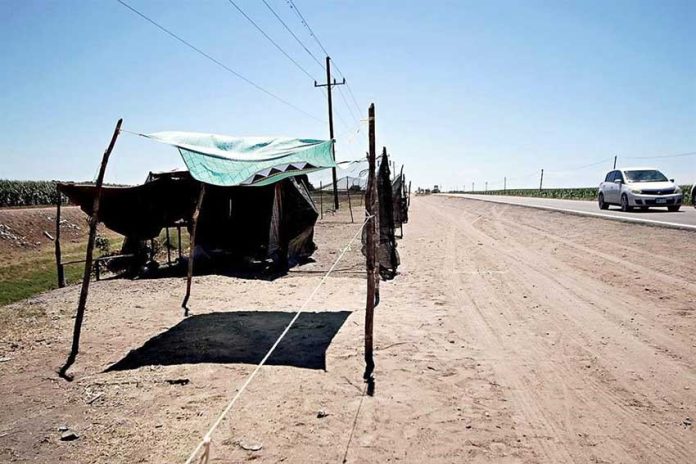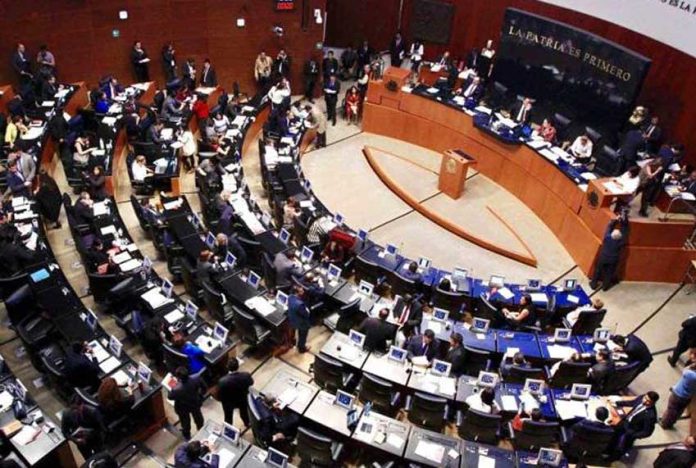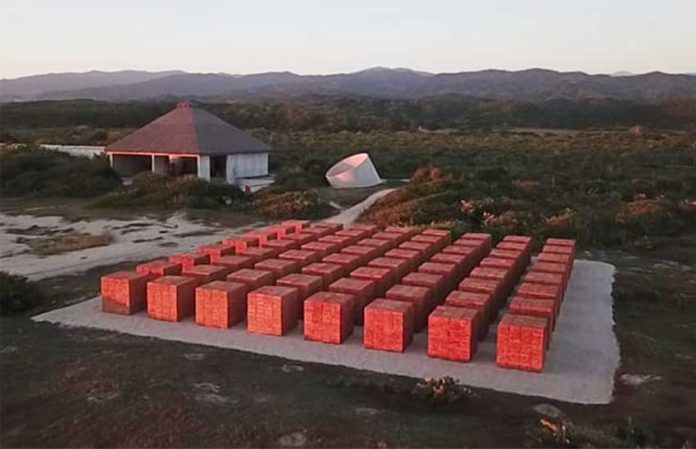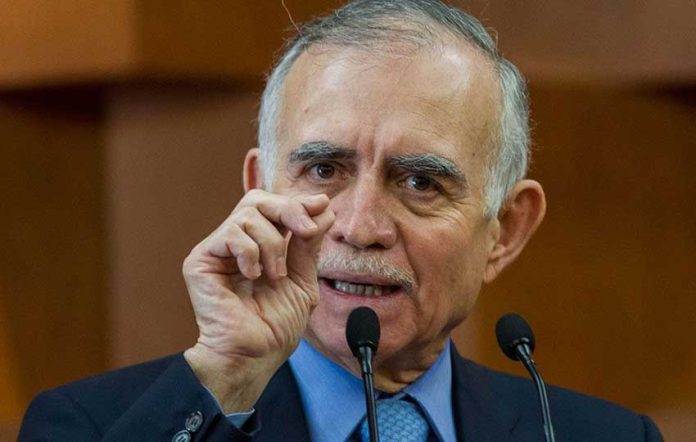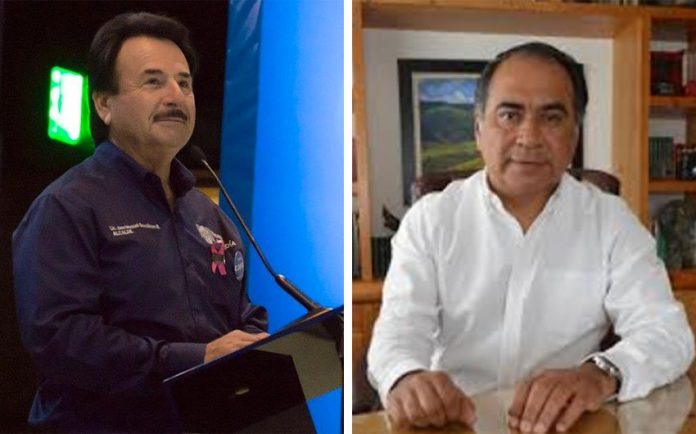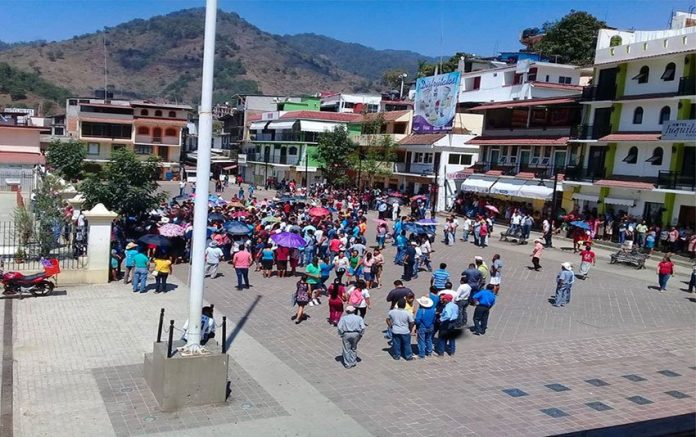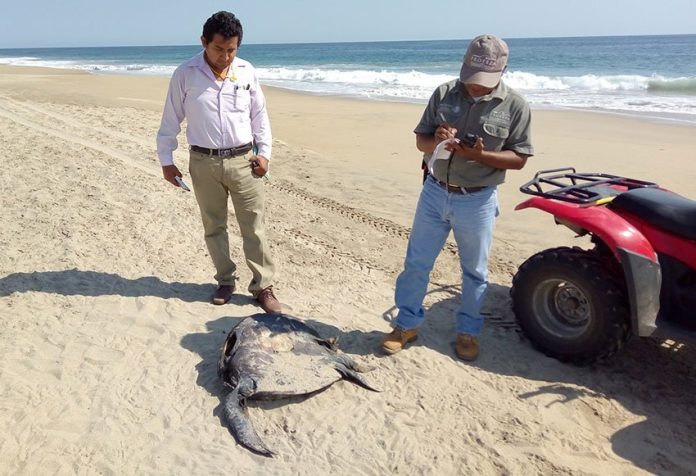Dozens of Sinaloa residents are attempting to illegally expropriate federal land located next to the highway between Culiacán and Navolato.
The unlawful subdivision was first reported by social media users and subsequently confirmed by the newspaper Reforma, which said that people have driven wooden posts into the ground and cordoned off lots they wish to claim alongside a 12-kilometer stretch of the highway.
Manuel Clouthier Carrillo, a businessman and former federal lawmaker, was among those who denounced the “invasions” online.
“Culiacán is waking up to land invasions on Highway 50 . . .” he wrote on Twitter.
“Authorities must put a stop to the current invasions in the Valley of Culiacán . . . The invaders are like hawkers: at first they arrive afraid on a corner but if they see that nothing happens, they take over a little bit more of the sidewalk until they end up with the whole corner as if they were the owners,” Clouthier wrote in later posts.
People who were cleaning one of the illegally claimed lots told Reforma that the land grab began on March 10.
One man said he didn’t know much about laws but added that on the side of highways “there are normally houses, corrals, stalls, other kinds of businesses.”
He hinted that he and others who have claimed lots were acting out of economic necessity.
“If the government comes to realize the situation we are going through, they should support us in one way or another, [such as] a salary we can live on,” the man said.
The Sinaloa government said in a statement that it had called on people to respect the law, while Sustainable Development Secretary Carlos Gandarilla García told a press conference that alternative housing options would be sought for those who most need it.
The federal attorney general’s office has opened an investigation into the illegal land expropriation in conjunction with the National Water Commission, as there are federally-owned irrigation channels nearby.
Source: Reforma (sp)
